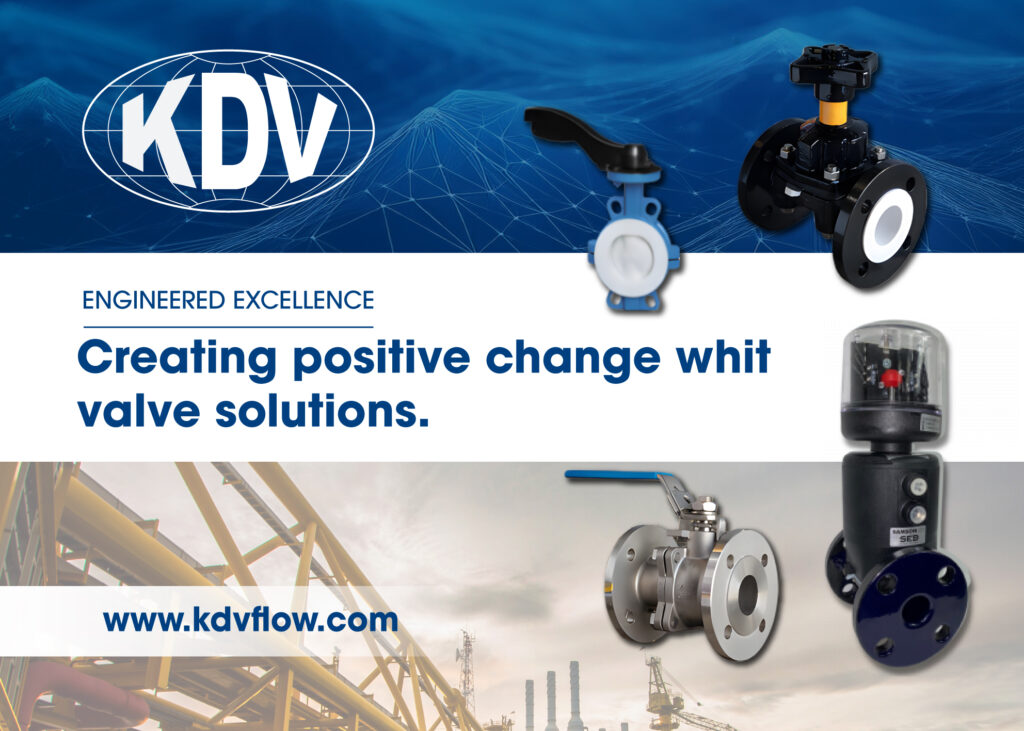Ball Valves
Ball valves are popular in various industrial applications due to their reliability, durability, and quick shut-off capabilities. These valves feature a spherical disc with a hole or port through its center. When an operator rotates the ball 90 degrees, the ... Read More
-
Manufacturers
-
Industries
-
Ball Valve Type
-
Body Material
-
Media
-
Design Standards
-
Applications
-
Country
-
Actuation Method
-
 Carbon SteelGeneral PurposeWastewater
Carbon SteelGeneral PurposeWastewater30SS – CS Ball Valve

-
 Carbon SteelChemicalsChemicals
Carbon SteelChemicalsChemicalsB8 Ball Valve

-
 Carbon SteelChemicalsChemicals
Carbon SteelChemicalsChemicalsB9 Ball Valve

-
 Carbon SteelChemicalsChemicals
Carbon SteelChemicalsChemicalsBN8 Ball Valve

-
 BronzeGeneral Purpose
BronzeGeneral PurposeBZ9 Bronze Ball Valve

-
 Medical GasesBronzeChemicals
Medical GasesBronzeChemicalsBZ9-X Bronze Ball Valve

-
 Carbon SteelChemicalsChemicals
Carbon SteelChemicalsChemicalsC8 Ball Valve

-
-
 Carbon SteelChemicalsChemicals
Carbon SteelChemicalsChemicalsD8 Ball Valve

-
 Carbon SteelGasHigh Performance
Carbon SteelGasHigh PerformanceFB9 Ball Valve

-
 Stainless SteelGasOil & Gas
Stainless SteelGasOil & GasFS7 Ball Valve

Category Description
Ball valves are popular in various industrial applications due to their reliability, durability, and quick shut-off capabilities. These valves feature a spherical disc with a hole or port through its center. When an operator rotates the ball 90 degrees, the flow of fluid either flows freely or gets blocked, making them highly efficient for controlling flow. Different types include full port, reduced port, and V-port, each designed to meet specific flow requirements and pressure ratings. The full port design allows for maximum flow with minimal turbulence, while reduced port valves save space and suit applications with lower flow rates.
Manufacturers construct these valves from materials such as stainless steel, brass, plastic, and bronze, enabling them to handle various fluids, including gases, water, and corrosive liquids. Their robust design withstands high pressure and temperature, making them ideal for demanding environments like chemical processing plants, oil and gas industries, and HVAC systems. One significant advantage is their low operating torque, meaning they require less force to operate, allowing for easy manual or automated control. Additionally, they provide tight sealing capabilities, minimizing the risk of leaks and ensuring reliable shut-off.
Engineers and technicians often use ball valves in applications where quick isolation of flow is critical, such as in emergency situations or during maintenance. Overall, they combine performance, safety, and versatility, making them a preferred choice in fluid control systems. Their ease of use and low maintenance requirements further enhance their appeal and contribute to their widespread adoption across various sectors.













